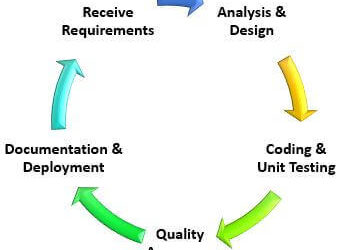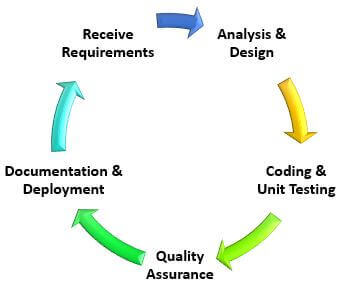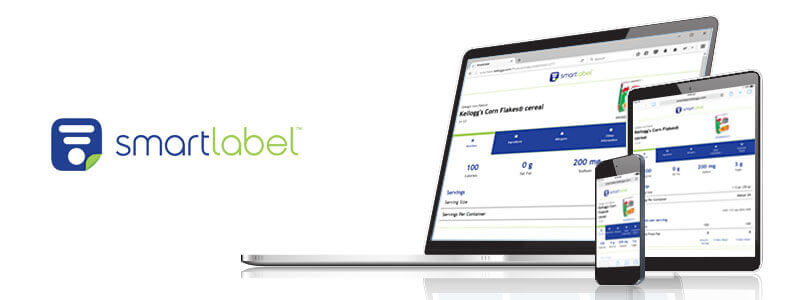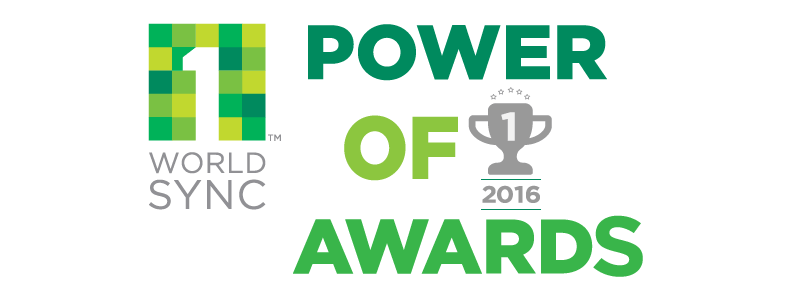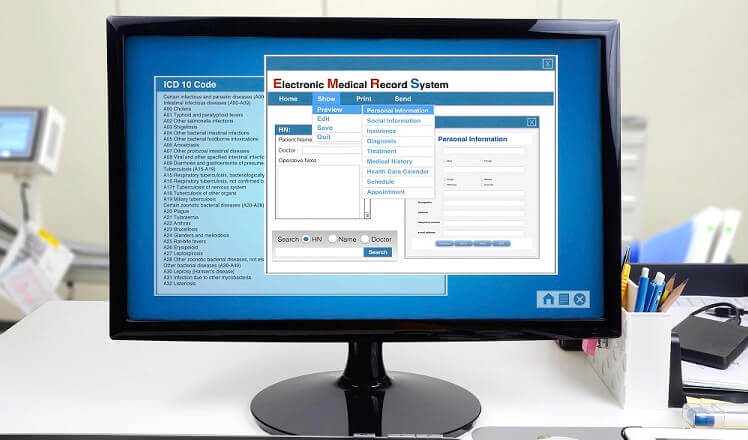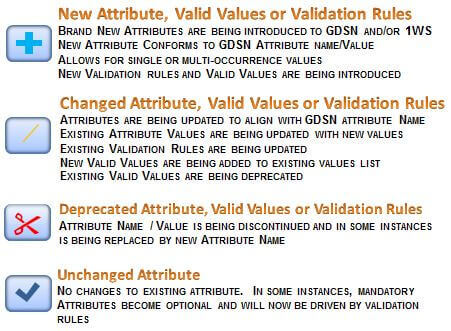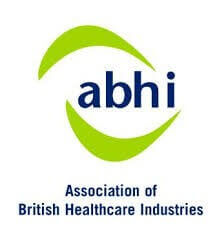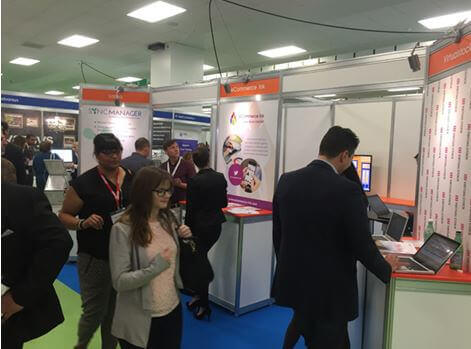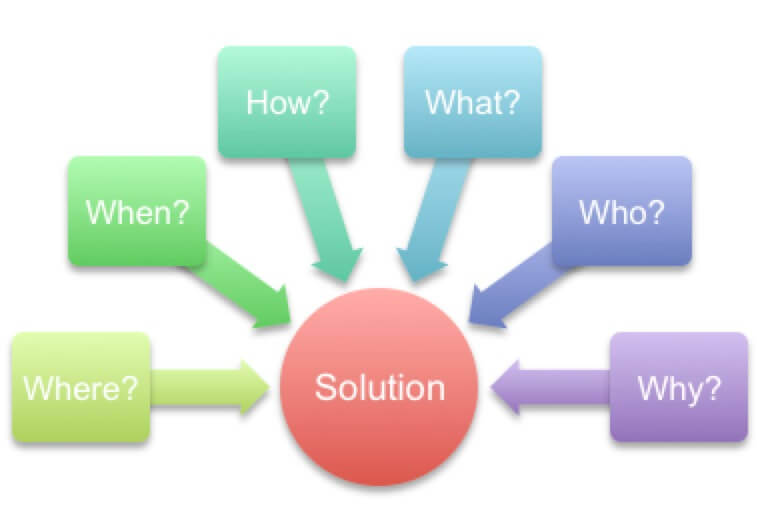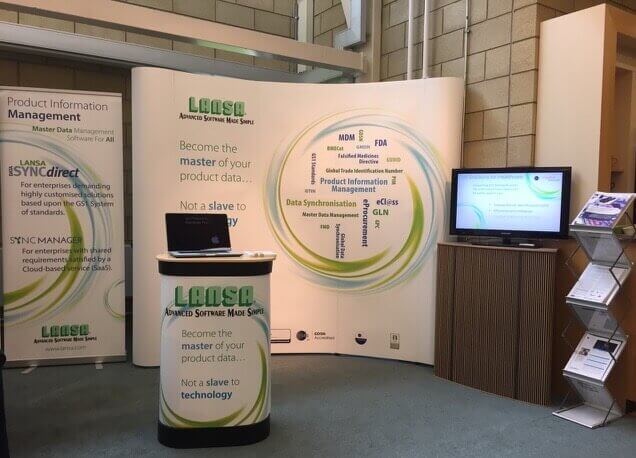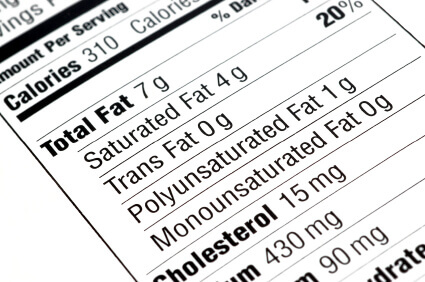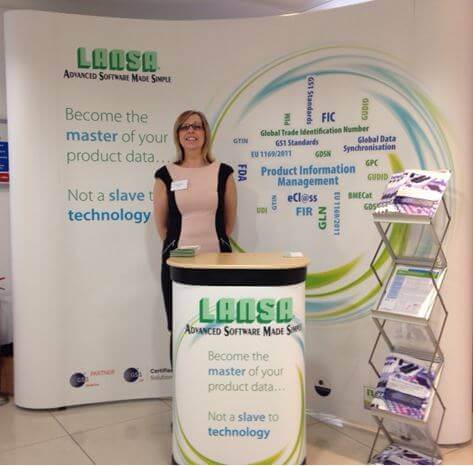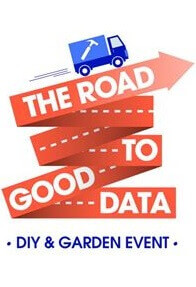In a series of four short articles, I will be exploring the information challenges and opportunities for hospitals presented by the eProcurement Strategy for the UK National Health Service (NHS). The Strategy includes a mandate that means any service or product procured by an NHS Acute Trust in England must be compliant with GS1 standards.
Part 1 – Opportunities for improving efficiency in care delivery
Alongside the much debated social impacts of the ‘Information Revolution’ there are smaller pools of impact, particularly in health and social care, which present the healthcare sector with real challenges. If properly planned for, these challenges present opportunities for improving efficiency in care delivery.
At the moment, there are twin global initiatives that are occupying the major suppliers to the NHS:
- The challenge of medical device identification.
- The challenge of medicine supply chain security.
These initiatives, which will be looked at more closely in subsequent articles, will cause a mini ‘Information Revolution’ all of their own.
Ultimately, hospitals will be required to keep more accurate records of their dealings with medicines and medical devices – from extensive records regarding where they sourced the items they use and dispense, to accurate recording of which patients received which products, and when. These requirements will extend further than simply being able to say that ‘Patient A’ received this type of antibiotic or this type of prosthetic knee.
A hospital will ultimately have to be able to say that “Patient A received this particular, individual pack of antibiotic (or knee or stent), manufactured by this company, sold to this wholesaler and bought by us, stored in our pharmacy, prescribed by this person at this time and dispensed on this date by this pharmacist (or implanted in this theatre, on this day, by this surgical team).”
In addition, hospitals may also be required to verify products – to check that they are what they say they are and that they are not out-of-date or counterfeit. When we consider the huge volume and scale of information required to be recorded and stored for each patient (as it will within the next 5-7 years) to every single pack and vial of medicines, every piece of medical equipment (consumable, implantable, re-usable etc.), the need for automated recording systems and paperless records becomes clear. Without electronic records and scanning systems to enter the necessary information into these records, we would need a wheelbarrow to transport the information relating to each patient.
Suppliers are already gearing up to meet the various legislative demands that will generate the volumes of data required to be transmitted along with each tangible product. Initiatives like the Unique Device Identification (UDI) Rule and the Drug Quality and Security Act (DQSA) in the USA, and the European Medicines Verification System (EMVS) under construction in the EU are helping to drive the supplier base towards new systems and better Product Information Management (PIM).
In summary, each Trust and supplier must consider their response to the eProcurement strategy carefully. When considering that response (and in the light of such initiatives as electronic dispensing and electronic patient records) the inter-compatibility of these systems – their need to cope with the wave of information suppliers will deliver – and the accuracy of that data will drive the real clinical and financial rewards gained from these mini-revolutions in the coming years.





